Maramureş
Maramureş is a colorful historical area that includes the highest and most inaccessible part of the Carpathian Mountains. Today, Northern Maramuresh includes several districts in the Transcarpathian region of Ukraine, and Southern Maramuresh includes the Judez or Maramuresh region in Romania. The historical center of Romanian Maramuresh is the town of Sighetu-Marmatii, located near the border with Ukraine. It is inhabited by Romanians, Ukrainians, Hungarians and Cipzerian Germans, who have preserved many ancient customs and crafts.
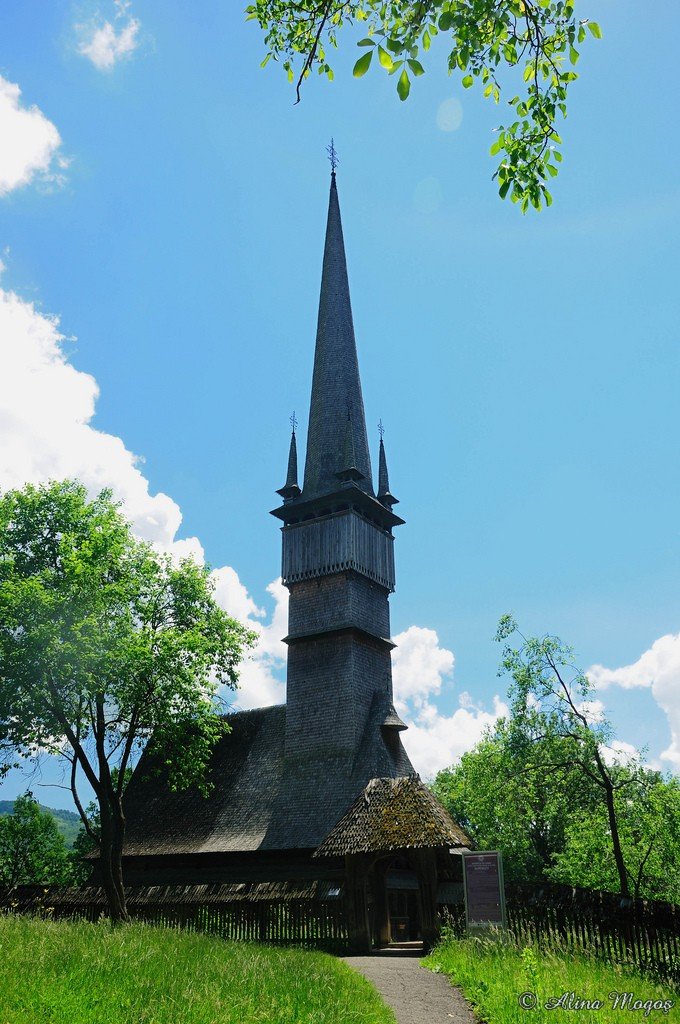
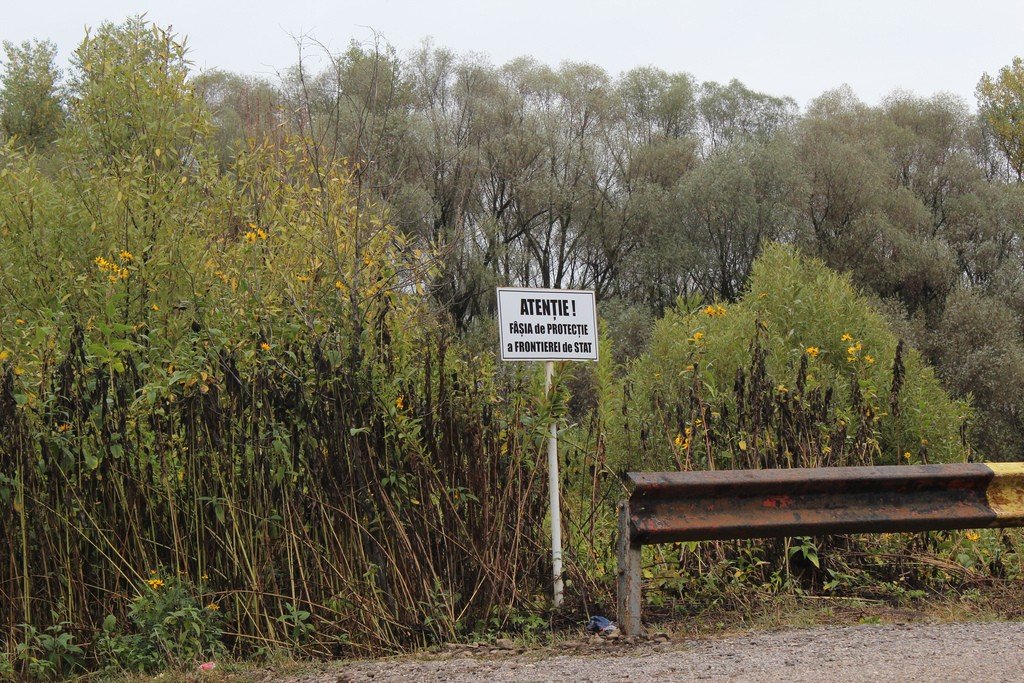
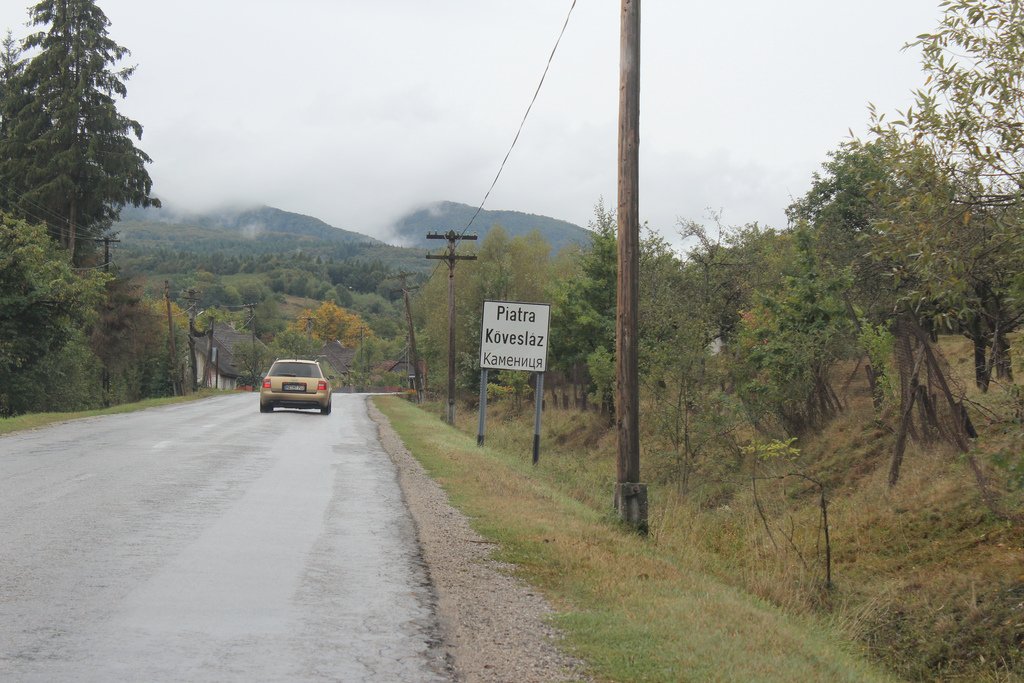
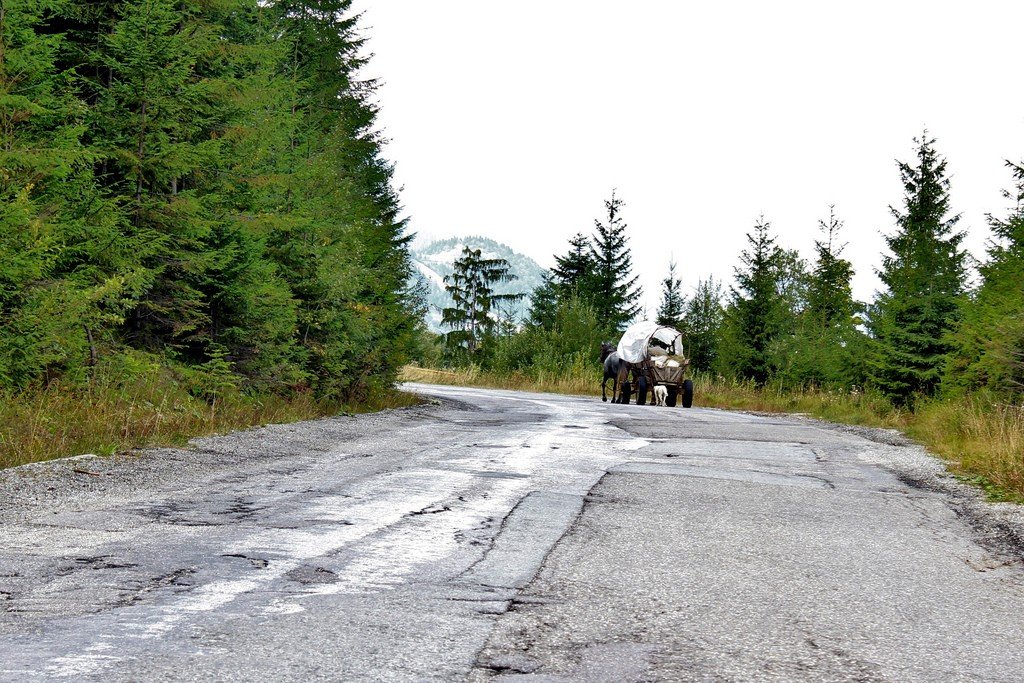
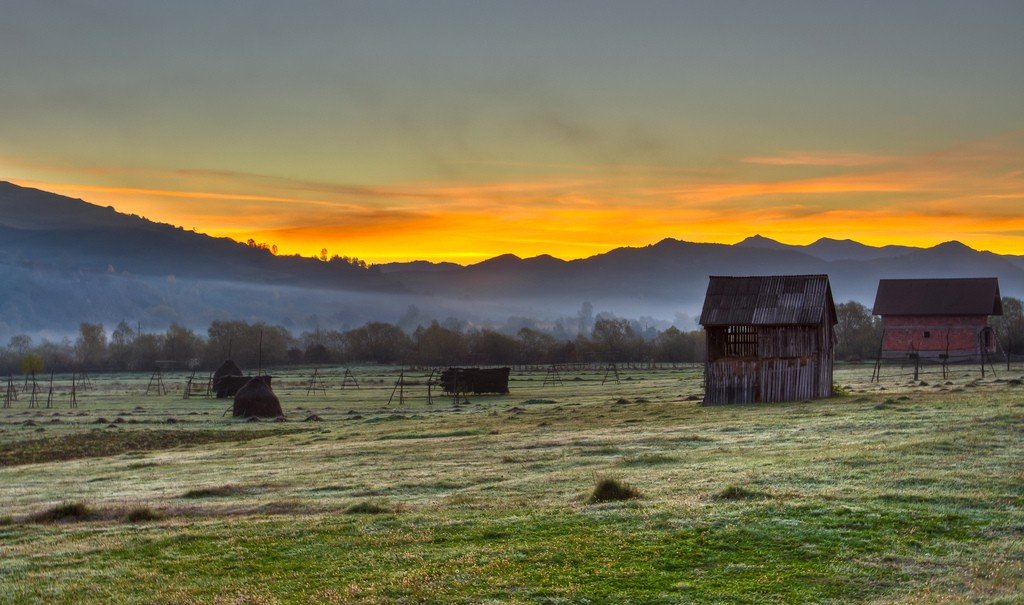
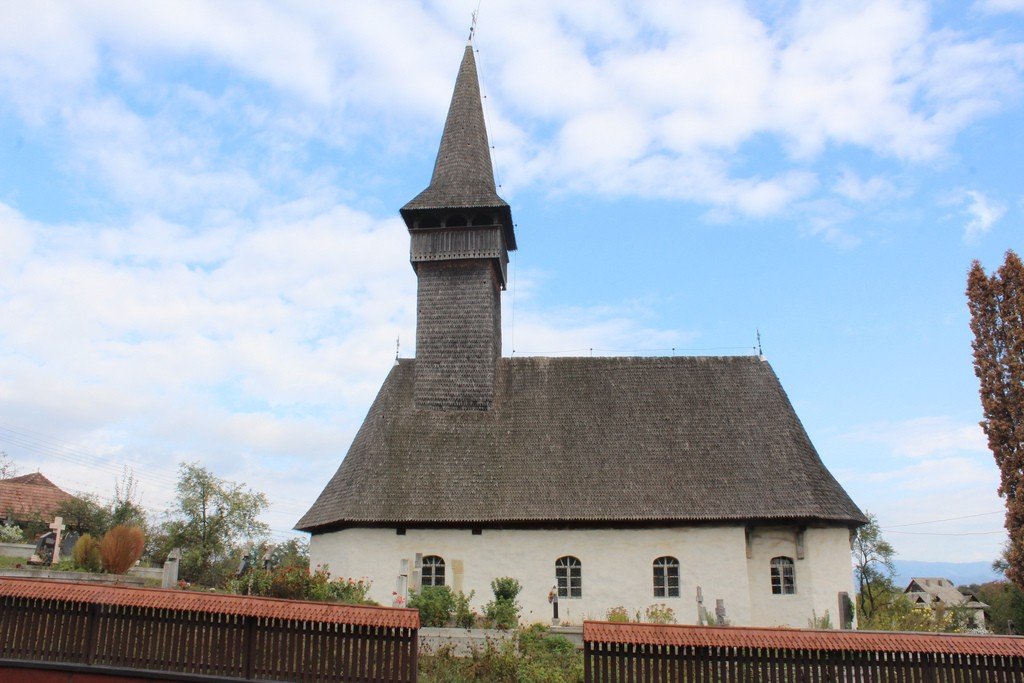
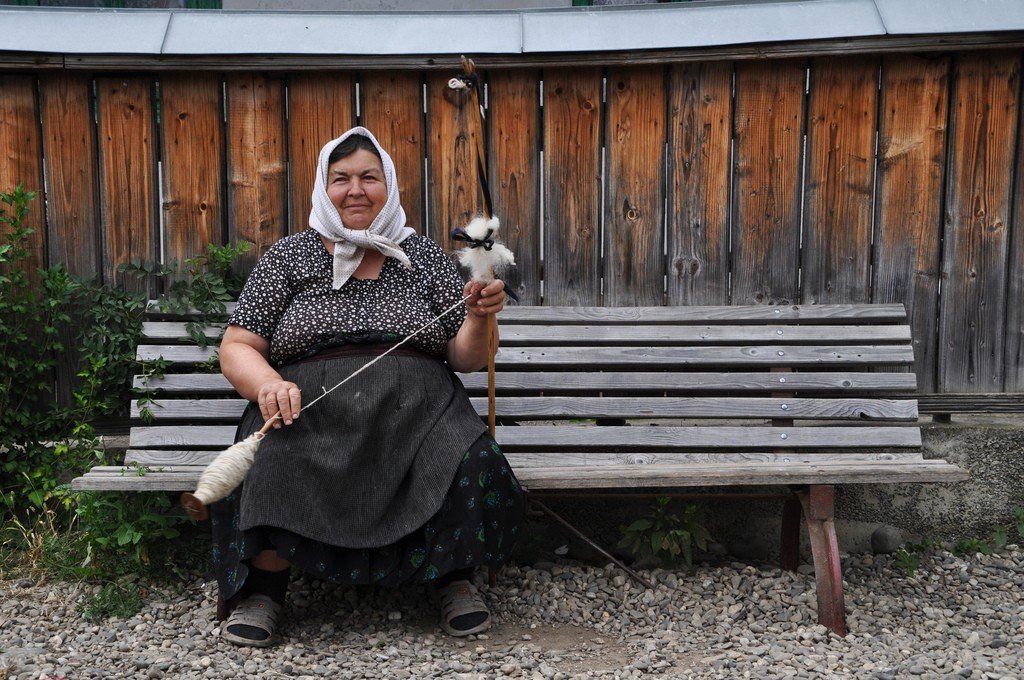
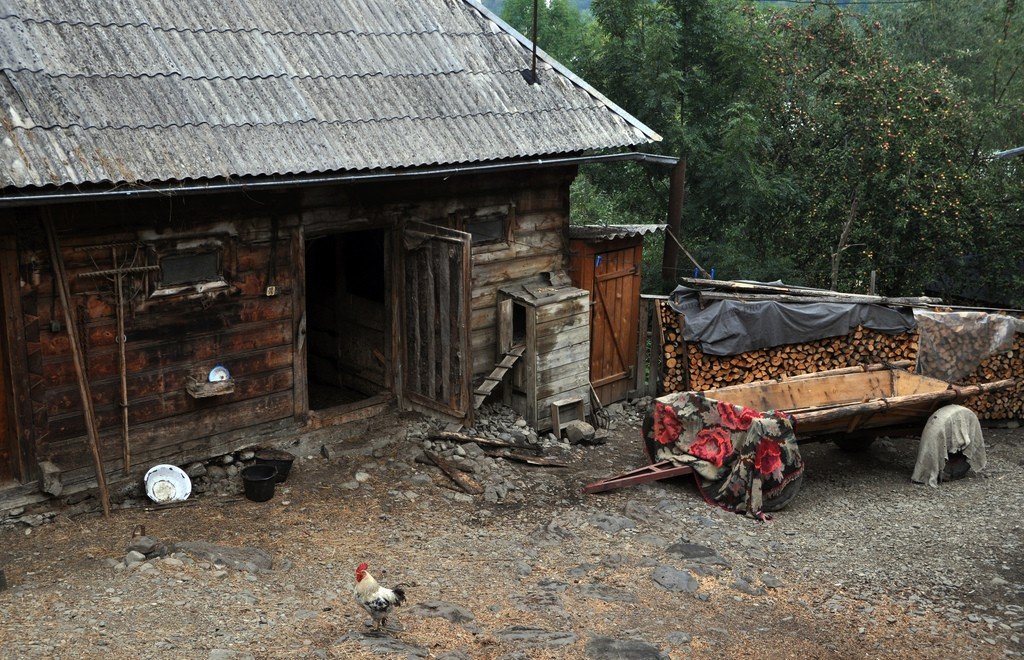
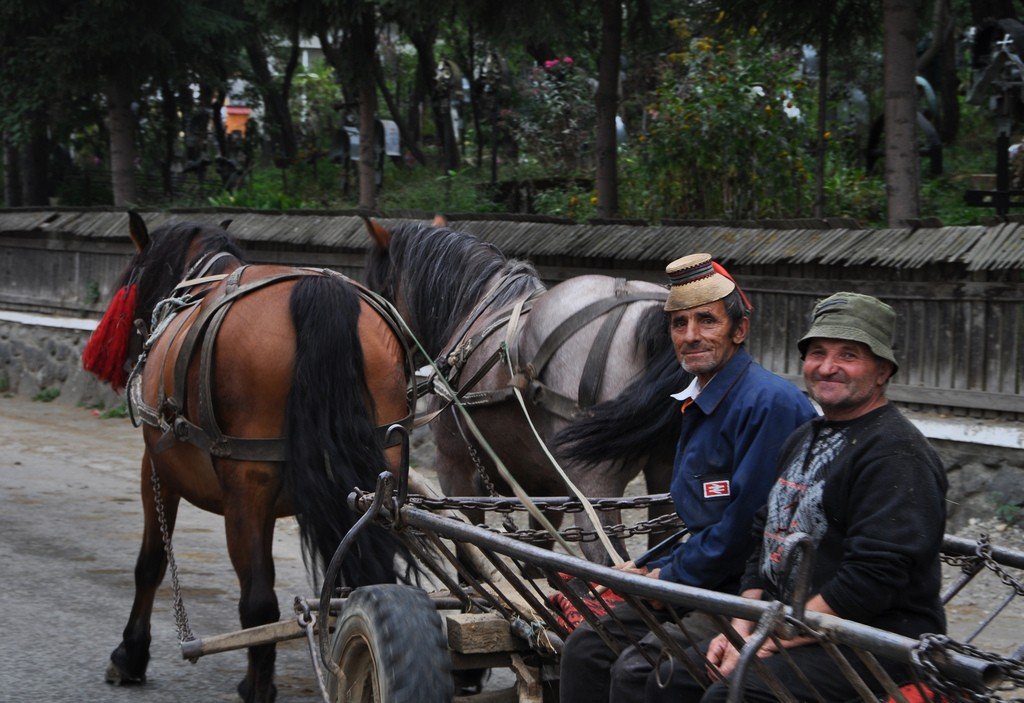
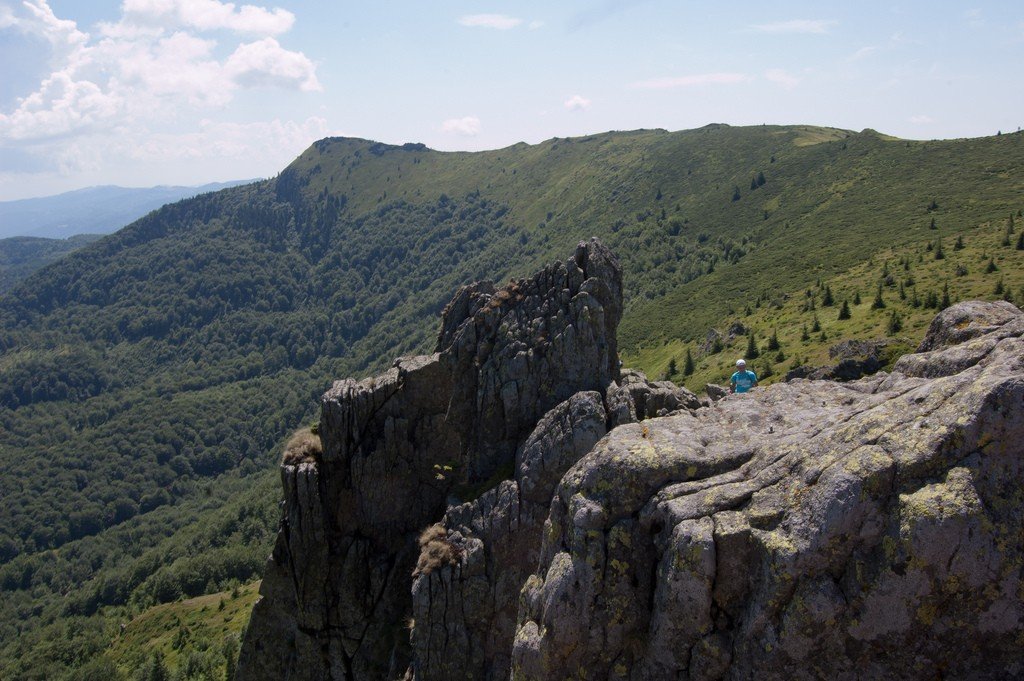
Video: Maramuresh
ContentsHighlights
Where the name “Maramures” originated is not known exactly. Perhaps the region got its name from the name of a small river, which came from the ancient dual word “mori” – “sea”. According to linguist Oleg Nikolaevich Trubachev, the roots of the name “Maramuresh” may lie in the Slavic languages, in which “mor’e mьrъše” means “dead sea”. According to a third version, the name of the historical region is of Romanian origin and means “Great Muresh.”
Tourists come here to spend their vacations among the beautiful nature of the Southern Carpathians, to see the fast mountain rivers and to climb the peaks. In addition to the natural beauty, the historic area has preserved many cultural attractions, such as picturesque castles that used to be owned by the Hungarian feudal family of Drugett.
Maramures is famous for centuries-old traditions of wooden architecture. Eight unique Orthodox churches on the territory of Romania are included in the list of UNESCO World Heritage Sites. In addition to them, in the Romanian part of Maramuresh there are 34 more wooden churches, built in the XVII-XVIII centuries.
.People come to the Romanian village of Sepintza to see the “Merry Cemetery”, known for its colorful tombstones and carved crosses. The graves of the villagers are decorated with colored drawings in the style of naive art and unusual poetic epitaphs. This cemetery attracts tourists because it goes against the traditional attitude of Europeans who perceive death as a tragic and sad event.
.History of Maramuresh
Archaeological excavations have established that the territory of Maramuresh was inhabited since Neolithic times. In ancient times, the descendants of the Dacians and Romans, the Wallachians, lived here. In the XI century, the region was settled by Hungarians who came to Transylvania. For a long time, the inaccessible mountainous region retained relative autonomy, but by the 14th century it was completely subordinate to the large Hungarian kingdom.
.
In 1353, King Lajos I the Great of Hungary, expanding his state, made the voivode and Marmarosh Prince Dragos the governor of the new lands, which became known as the Principality of Moldavia. It played the role of a defensive frontier, not allowing the soldiers of the Golden Horde to advance deep into Europe. In 1359, another Marmarosi prince, Bogdan I, succeeded in having Moldavia recognized as independent and became its first sovereign.
.
During the Austro-Hungarian Empire, the historical region corresponded to the comitat of Maramaros. In the Middle Ages, the region was known throughout Europe for its salt mines. In later times, quality timber was exported from here.
.
In 1920, the division of Maramuresh along the Tisza River valley took place. According to a peace treaty concluded after the end of World War I, most of Maramuresh went to Czechoslovakia and a smaller part to Romania. When World War II ended, the Northern Maramuresh became owned by Ukraine and the Southern Maramuresh by Romania.
.Maramuresh sights
In Roman times, under Emperor Trajan, salt began to be mined in Maramuresh. Some researchers believe that it happened even earlier. Today, many tourists travel to the Romanian town of Turda to see the salt mines and learn about the history of mining. For tourists, the Turda mine is open without weekends from 9.00 a.m. to 4.00 p.m.
.The local salt mines have been turned into a real museum. Under the ground there is a whole city with staircases, a soccer stadium, tennis courts, a gymnasium and even an amphitheater with a pop-up screen. The temperature inside is kept at +10…+12 °C, so it’s nice to take a break from the summer heat.
.
In the Salt Mining Museum, tourists are shown ancient equipment – a blacksmith shop, a salt mill and a wooden device that was used to transport salt. Not far from the entrance to the mine is the Durgau Lake with salt water.
>There are many interesting museums represented in Maramuresh. They are located in the villages, as well as in the towns of Baia-Mare and Sighetu-Marmatii. In Baja Mare you can visit museums of history and archaeology, folk art and ethnography. In the same town are the Gothic tower of Stefan and the medieval Elizabeth House. Travelers who come to Sighetu-Marmaciei are sure to visit the open-air village museum. It is a place where you can see houses and outbuildings representing the different architectural styles of Maramuresh..How to get there
Southern Maramuresh is located in northwestern Romania. Bucharest and Sighetu-Marmaciei are separated by about 600 kilometers. Not many trains and buses go to this city, so the fastest way for tourists to get there is by car. In addition, it is possible to get to Sighetu-Marmacium from Ukraine – through the border crossing in Solotvino in Transcarpathia.
.